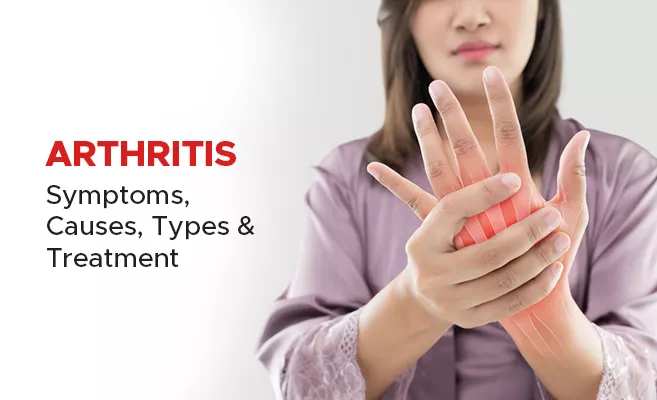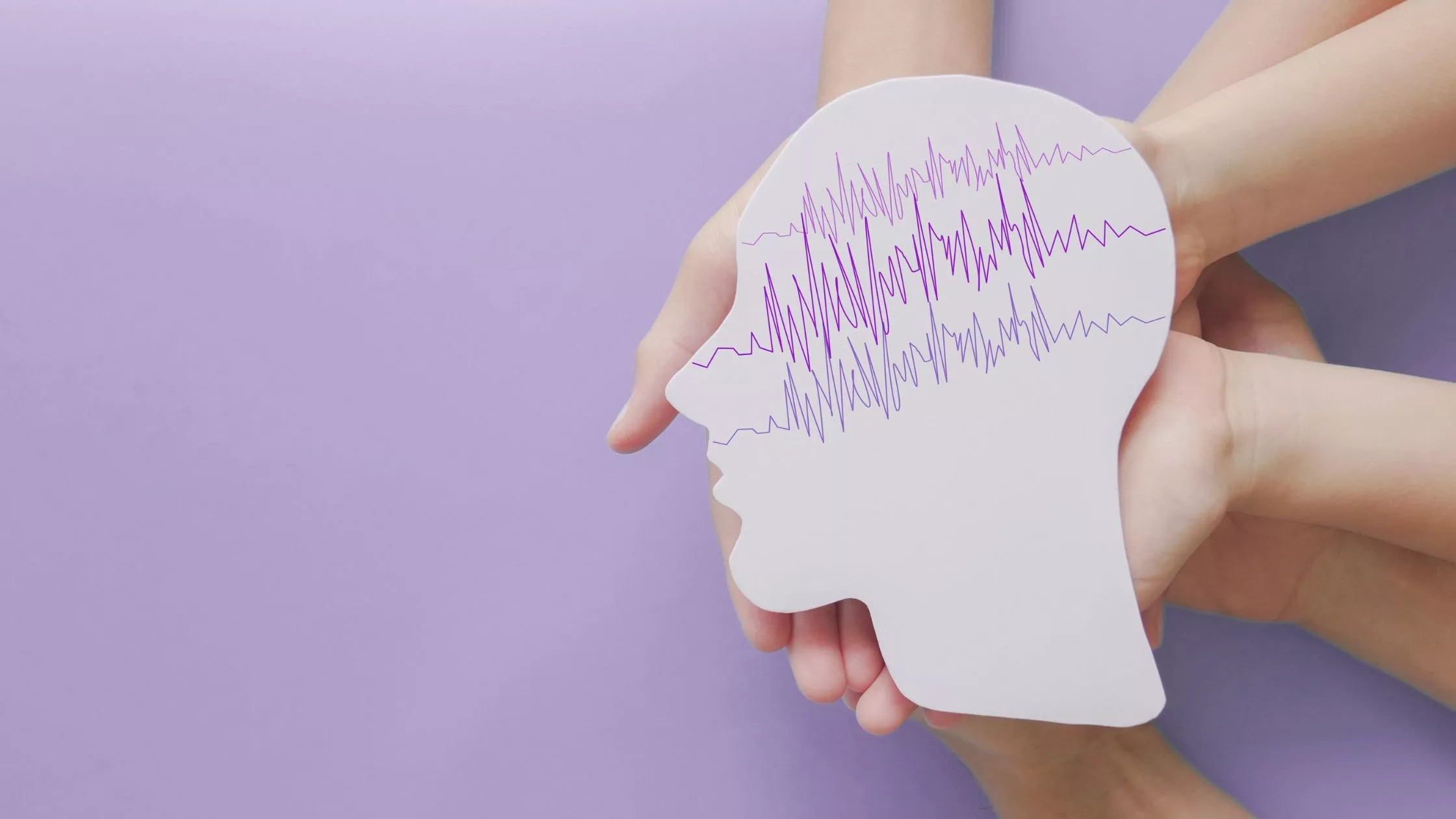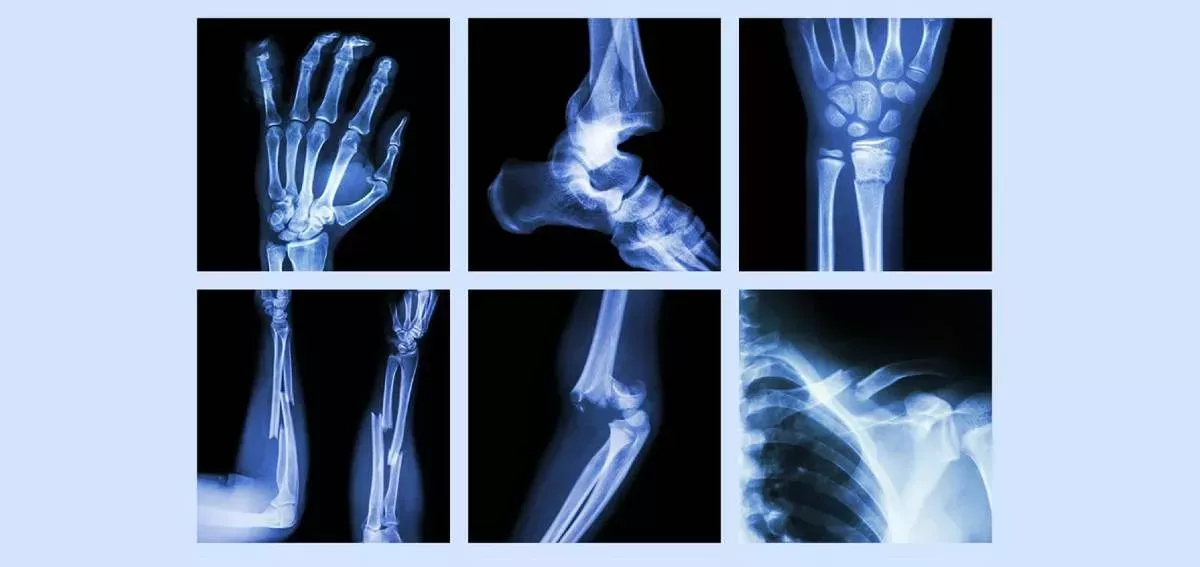Arthritis refers to a group of inflammatory conditions that primarily affect the joints, causing pain, swelling, stiffness, and decreased range of motion. It's a term used to describe more than 100 different types of joint diseases and conditions. Arthritis can affect people of all ages, genders, and backgrounds, and it is one of the leading causes of disability worldwide.
The two most common types of arthritis are osteoarthritis and rheumatoid arthritis:
Osteoarthritis (OA):
Osteoarthritis is the most prevalent kind of arthritis and is often known as "wear and tear" arthritis. It occurs when the protective cartilage that cushions the ends of bones in the joints starts to break down over time. This can lead to pain, stiffness, and reduced joint mobility. Osteoarthritis commonly affects weight-bearing joints like the knees, hips, and spine, as well as the hands and fingers.
Rheumatoid Arthritis (RA):
Rheumatoid arthritis is an inflammatory illness in which the body's immune system incorrectly assaults the synovium (the lining of the membranes that surround the joints). This leads to inflammation, pain, and eventually joint damage. Rheumatoid arthritis often affects multiple joints simultaneously, typically in a symmetrical pattern (affecting both sides of the body). It can also cause fatigue, fever, and other systemic symptoms.
Other types of arthritis include gout, lupus arthritis, ankylosing spondylitis, psoriatic arthritis, juvenile idiopathic arthritis, and more. Each type has its own unique characteristics, causes, and treatment approaches.
Common Symptoms of Arthritis:
- Joint pain and tenderness
- Joint swelling
- Joint stiffness, especially in the morning or after periods of inactivity
- Decreased range of motion
- Warmth and redness around the joint
- Fatigue
- Difficulty performing daily tasks
Diagnosis and Treatment:
Diagnosing arthritis involves a combination of medical history, physical examination, imaging (such as X-rays and MRI), and blood tests. The goal of arthritis treatment is to alleviate pain, reduce inflammation, improve joint function, and enhance overall quality of life.
Treatment approaches vary depending on the type and severity of arthritis, but they may include:
- Medications: Nonsteroidal anti-inflammatory drugs (NSAIDs), disease-modifying antirheumatic drugs (DMARDs), corticosteroids, and biologic therapies can help manage symptoms and slow disease progression in some cases.
- Physical Therapy: Exercises and techniques to improve joint mobility, strengthen muscles, and enhance flexibility.
- Lifestyle Changes: Maintaining a healthy weight, staying physically active, and protecting joints from excessive stress can help manage arthritis symptoms.
- Assistive Devices: Devices like braces, splints, and walking aids can support affected joints and improve mobility.
- Surgery: In severe cases, joint replacement surgery (e.g., knee or hip replacement) may be considered to relieve pain and restore function.







